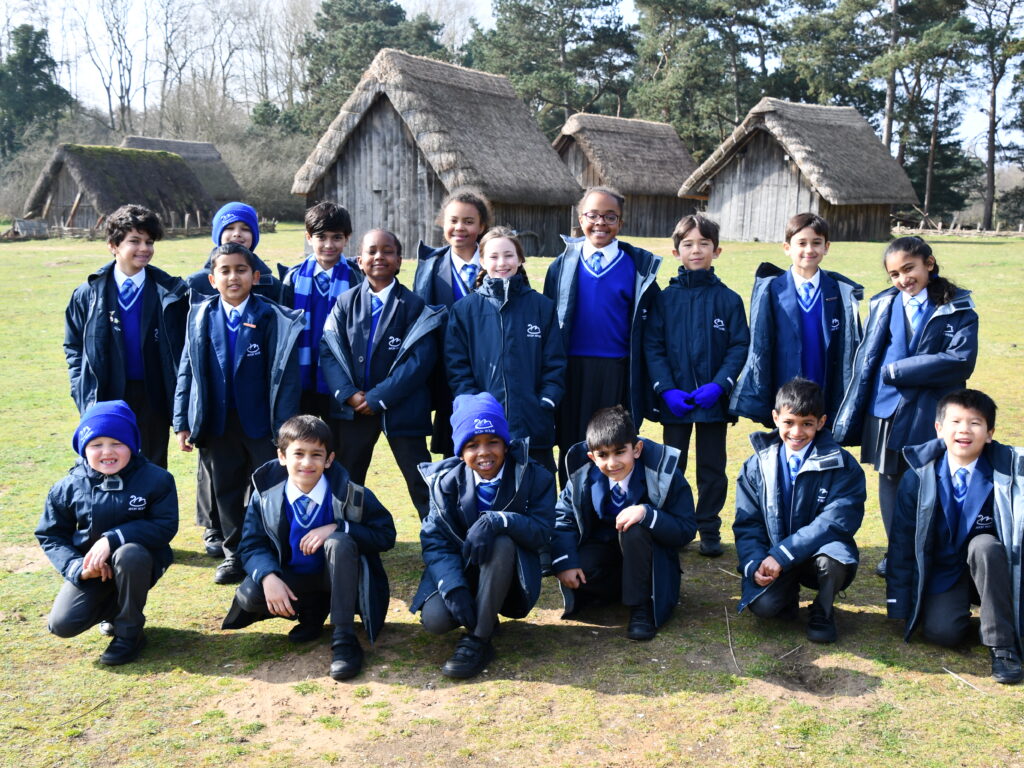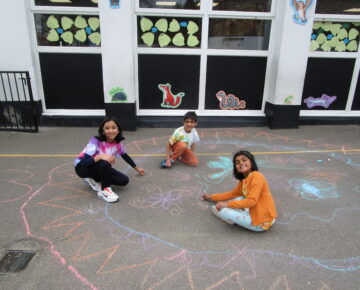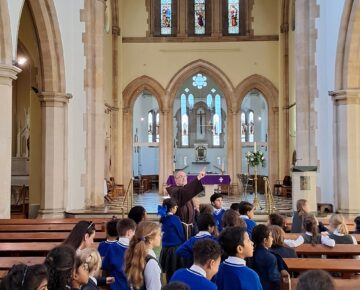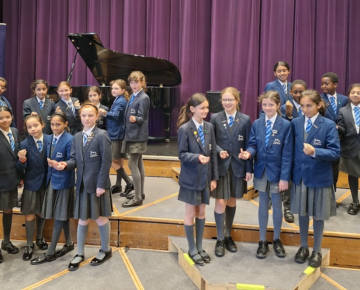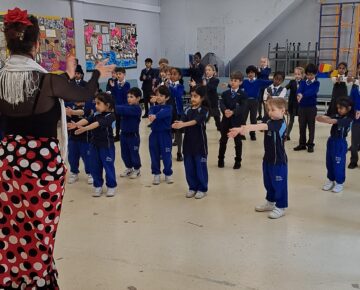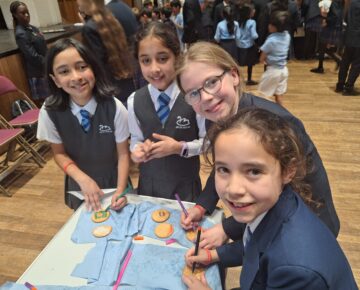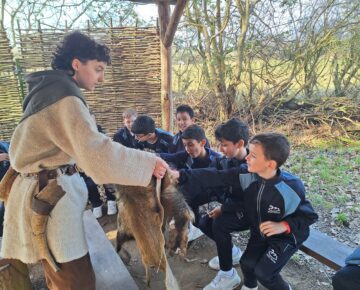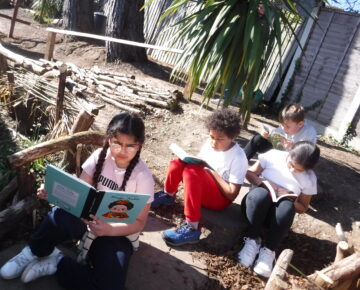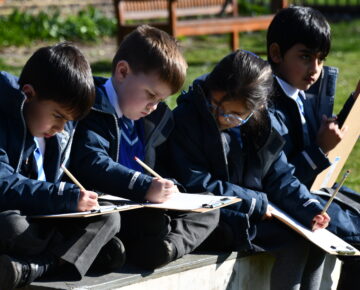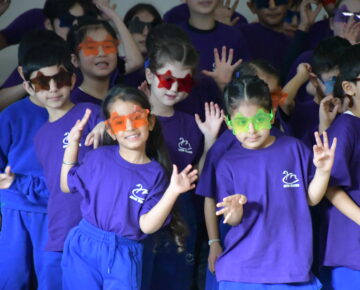Established in 1976 and nestled amidst the picturesque Suffolk countryside, lies a hidden gem for the enthusiastic history adventurers of Year 3 – West Stow Anglo-Saxon Village. Spending the whole day on site last Friday, Year 3 explored the eight houses in the reconstructed village, taking in the sights, sounds, smells and building techniques. Each building represents a purpose, including a farmer’s house, a craft house, a workshop, a weaving house or a style of building, such as the oldest house and the sunken house. The site reflects what life was like in the early Anglo-Saxon era, with the village a recreation of the community that existed between 5th and the 8th centuries. There were even rare breed Viking pigs called Acorn and Apple!
Walking around the site in small groups with an adult, there were surprises in each building including a working fire pit fully heating the room, real wolf pelts hanging in the rafters, an Anglo-Saxon loom and lathe, bellows at the forge, a game with runes to match, a ‘throne’ in the meeting house and a West Stow volunteer working on a bench with authentic Anglo-Saxon tools. We were eventually called to the central building, the meeting house, with the loud and low noise of a ‘gjallarhorn’, made from a large cattle horn just as the villagers may have been called together 1500 years ago. A West Stow guide gathered us inside, talked about the village, gave us a short history of the site, an insight into the skills and technologies that sustained Anglo-Saxon communities and what the future might bring for the West Stow village archaeological dig. She then patiently answered the many questions Year 3 put to her about building the village, what was found by the archaeologists and how everything was achieved.
After lunch we visited the onsite West Stow museum. The museum and the village together weaves stories of kings and warriors, farmers and craftsmen together for visitors. This in turn provides children and adults alike with a wealth of information about the site’s archaeological and historical significance. There are interactive displays to take part in and learn more from, quizzes and puzzles to be thinking about, and relics to move or hold in their hands which spark curiosity and some wonderful questions to research in the museum or back in the classroom.
The final activity of the day saw the whole of Year 3 sharing and feeling bags of unknown artefacts while guessing what they were. Year 3, just like real archaeologists, discovered that not everything was as straightforward as it seems! The artefacts included, jewellery, pottery, animal jaw bones and cooking equipment.
Alex said, “I really liked the huts, my favourite was the weaving house because of the fire. I learnt that the Anglo-Saxon’s had different hut designs.”
Max replied, “We saw that most houses had a fire place in the centre to keep warm.”
Amaya added, “It was exciting to see the sunken house as it was so quiet inside. We learnt that the beds were uncomfortable and they wore wolf skins!”
Mohid explained, “There were over 90 Anglo-Saxon houses at West Stow originally, I also learnt that there were religion in Anglo-Saxon times.”
Categories: Educational Visit


